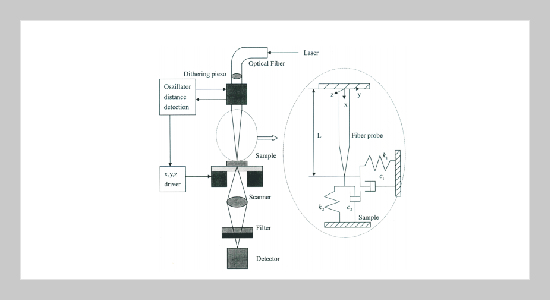Deng-Maw Lu This email address is being protected from spambots. You need JavaScript enabled to view it.1 and Feng-I Chang1 1Institute of Mechatronic Science and Technology, Southern Taiwan University, Tainan, Taiwan 710, R.O.C.
Received:
March 14, 2007
Accepted:
August 2, 2007
Publication Date:
June 1, 2008
Download Citation:
||https://doi.org/10.6180/jase.2008.11.2.04
The effects of interactive damping on the sensitivity of flexural and axial vibration modes of a scanning near-field optical microscope are analyzed and a closed-form expression is derived. Through an exhaustive search, when the lateral spring constant is low, it was found that there are five important effects, i.e. (1) each mode has a different level of sensitivity and the optical fiber probe is the most acceptive to higher levels of flexural vibration in the first mode, (2) the probe is generally more sensitive when spring constant is lower, (3) the flexural sensitivities of the first five modes are similar when the lateral damping is taken into account, (4) the damping effect is proportional to the value of lateral spring constant, (5) the axial sensitivities of the first five-modes are analogously when the axial damping is taken into account.ABSTRACT
Keywords:
Scanning Near-Field Optical Microscope, Sensitivity, Axial Vibration
REFERENCES









